The introduction to the world of food is exciting for both the child and parents. Self-feeding did not begin overnight with us; it was rather a gradual process and we still have a long way to go. Around 5 months, LO began to show interest in food on our plates and also reached out to grab them during mealtime. She would follow the food from the plate to our mouths and open her mouth too. 😊
Below are some helpful pointers on how we support our little one to self-feed her.
1. Family mealtime
- Include the child during mealtimes and let them be a part of the social conversations and/or observe us eat, as early as the initial days, if the baby’s awake.
- Once the child is able to sit on their own, setting up a highchair that pulls to the dining table, not only allows the child to feel included, but also gradually aids the process of introducing food on their tray when they are ready.
2. Order
- Babies and toddlers have a high need for order.
- By consistently incorporating the rituals associated with mealtime including gearing up for mealtime with the bib, eating in the same place, serving food on the same dining ware, using same cutlery, provides predictability to the child and helps them feel secure and calm. This is important as we set the stage for self-feeding.
3. Remove any distractions
- Eliminate any form of distractions during mealtimes so that the child can focus on the food and engage in the experience of eating through sensory exploration.
- This also allows the child to eat mindfully since they listen to their body and follow their hunger and satiety cues.
4. Food transitions
- Post-puree stage, introduce bite-size soft finger foods. The goal is not on the calories, but providing opportunities to coordinate the fingers, grasping the food, maneuvering food to mouth.
- Staying close to the child while eating independently will help observe the tolerance for new textures, amount of food going into mouth and remove barriers, if any.
5. Real cutlery
- Provide child-sized real utensils for the baby.
- Whether the child prefers to eat with hands or is interested to play and explore the food and not eat, they are totally fine.
- Have the utensils available to the child all the time so that they can practice using them whenever needed.
6. Modeling
- As the child begins to self-feed, modeling how to bring food to mouth or use cutlery, and even taste them may be needed.
- This comes naturally if the child is included during family mealtimes which allows them to observe how everyone eats with hands and/or cutlery.
7. Respect the child
- Refrain from any form of force feeding, even if it is tempting to shove that one last spoon of food into the child’s mouth. The child knows when they are full.
- This applies to new food rejections too. We can always try the food at another time.
- It is important to respect the child, their body and build a positive and healthy environment for eating.
View my post on Instagram.



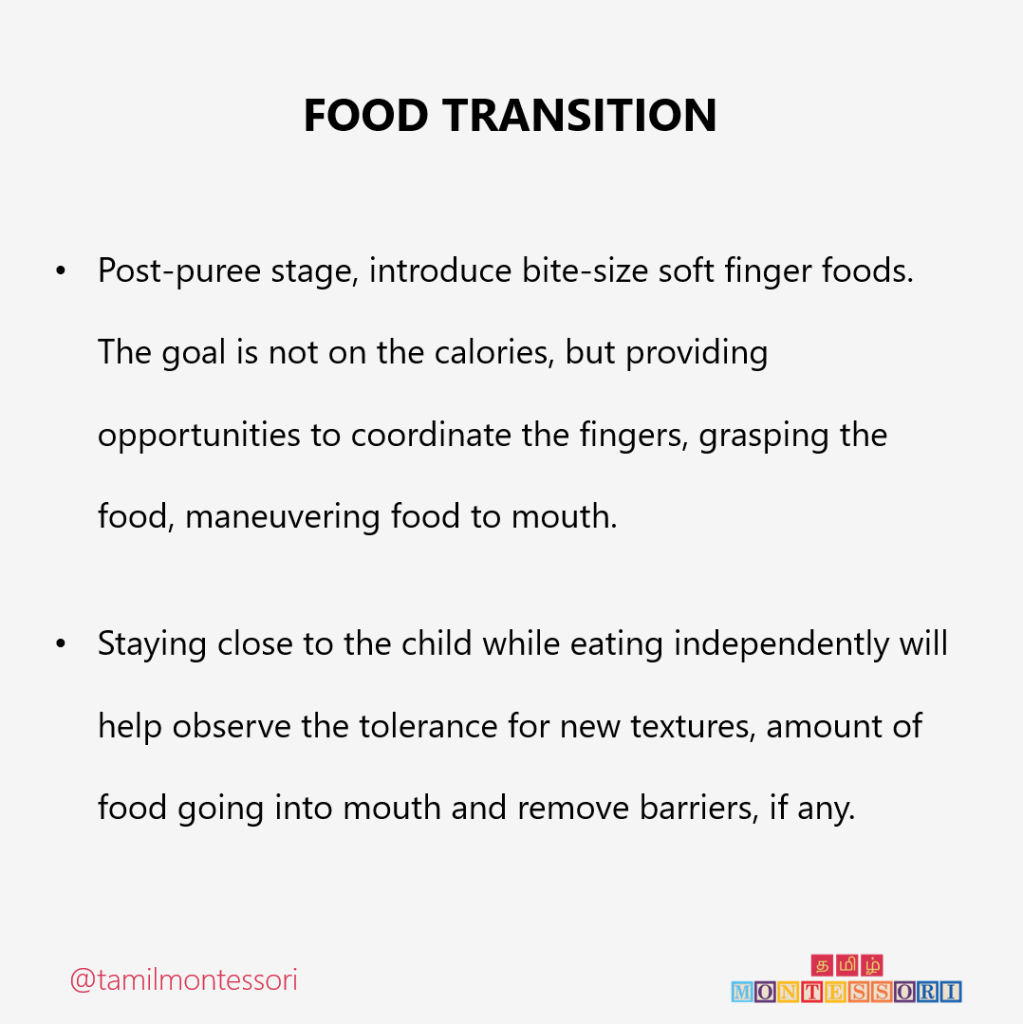
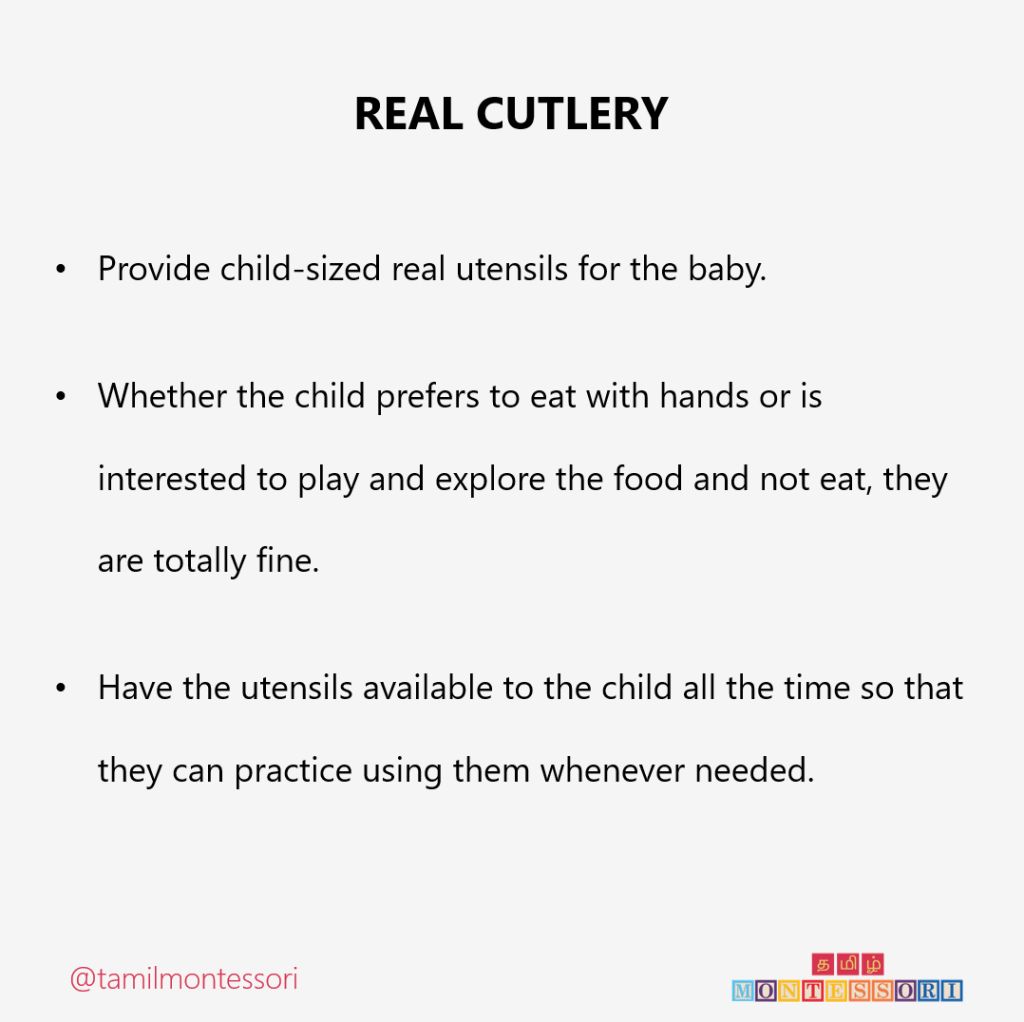

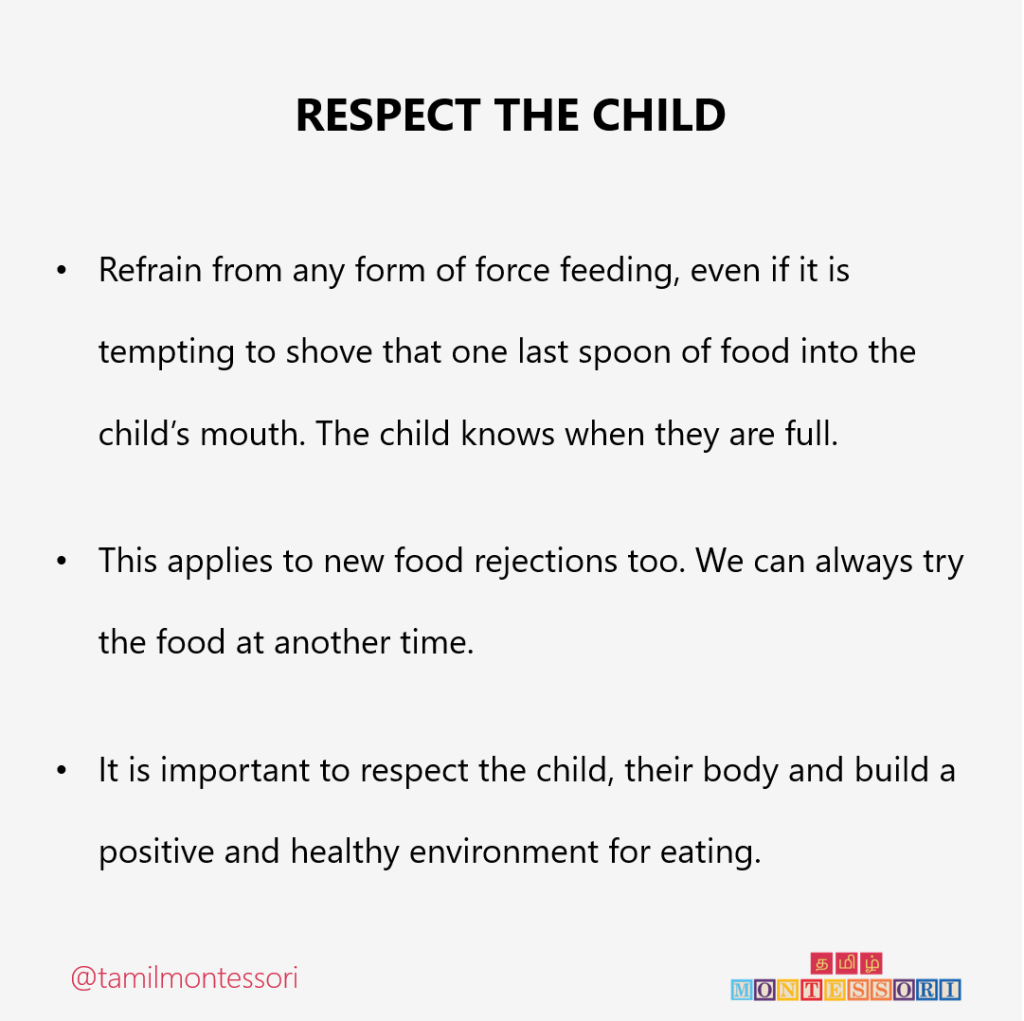
Please note that each child may have their own pace of development in starting solids. Also every home may have a different philosophy towards starting solids. Always remember to follow the child and do what works best for your philosophy.
What have you found helpful with your child’s self-feeding journey?

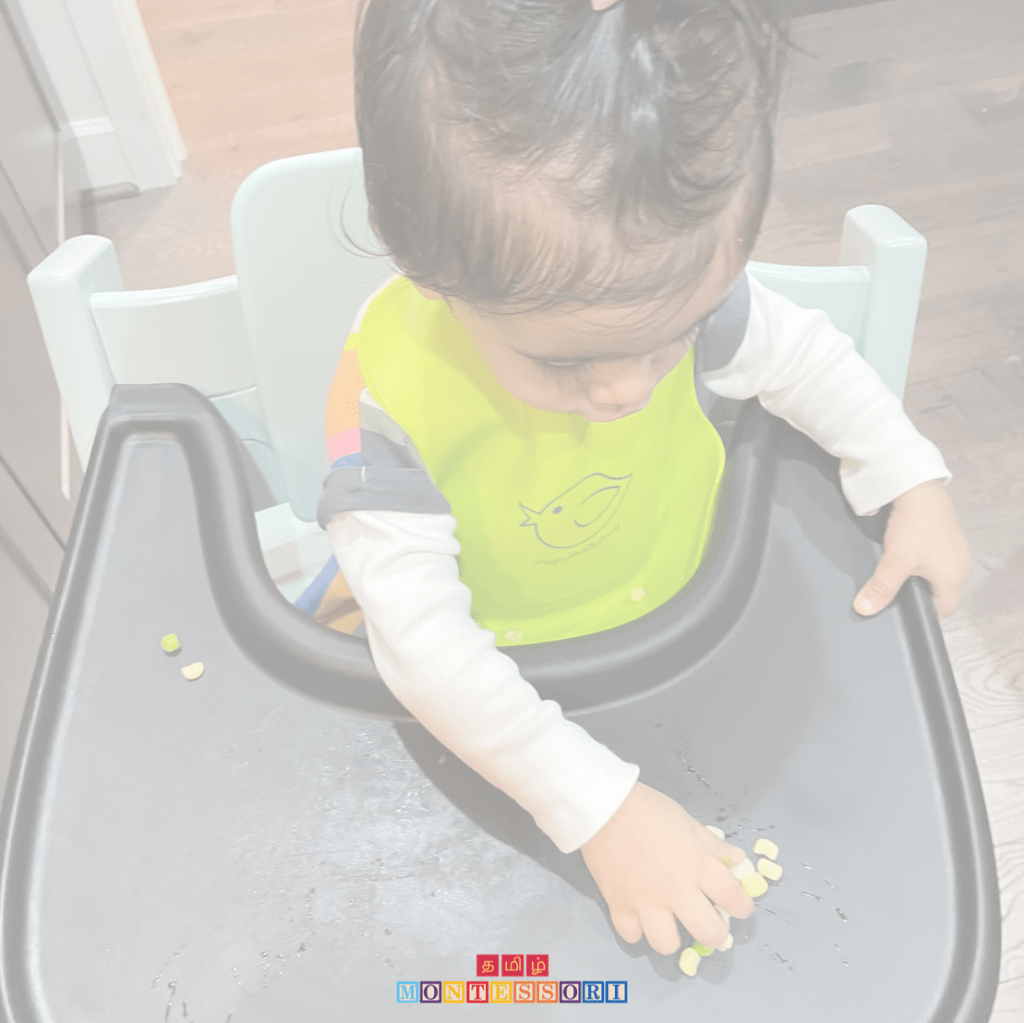

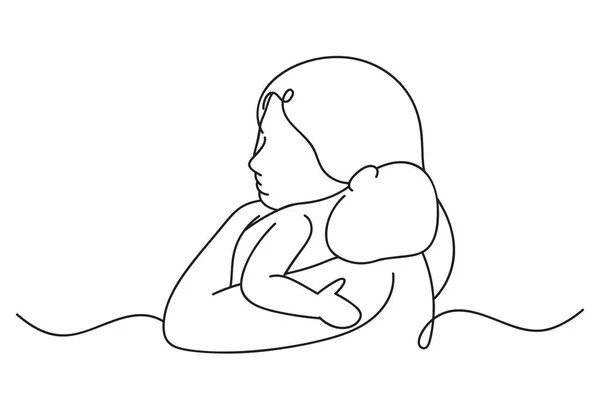

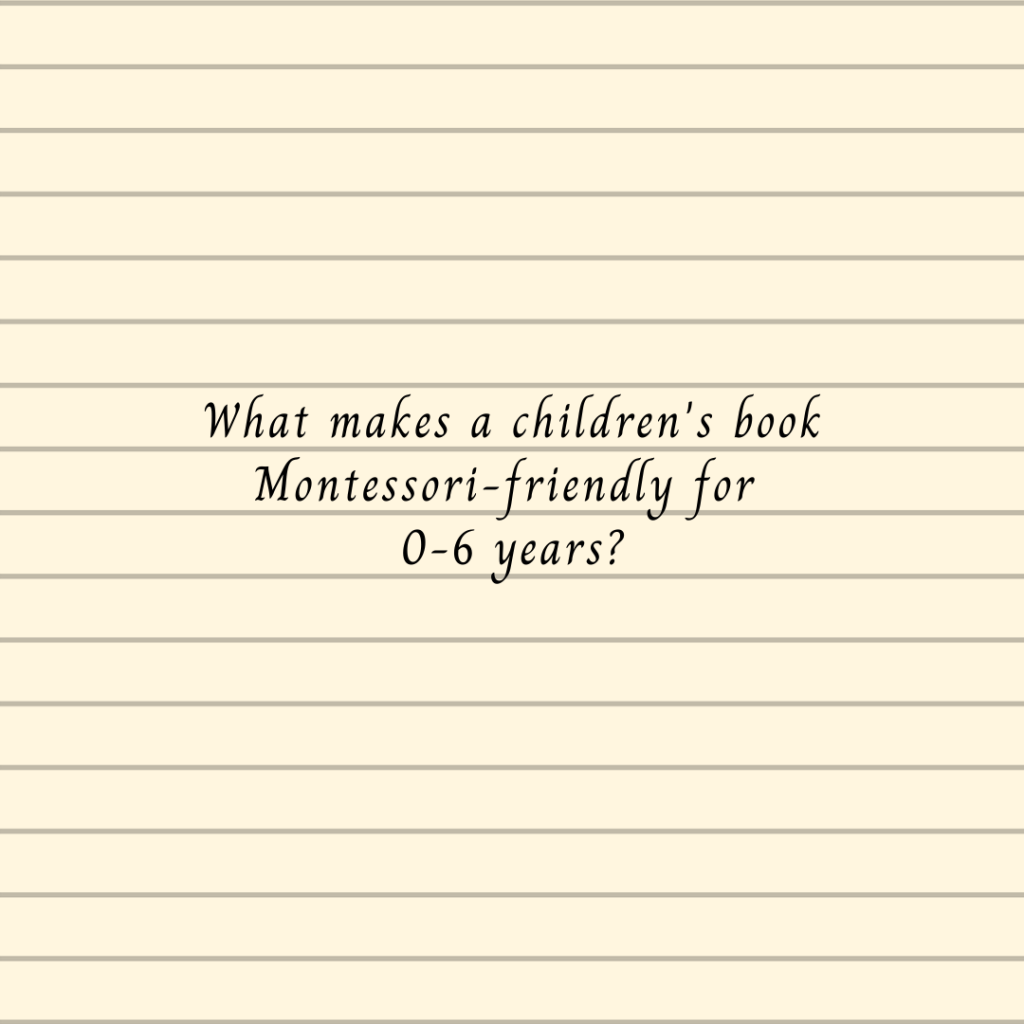
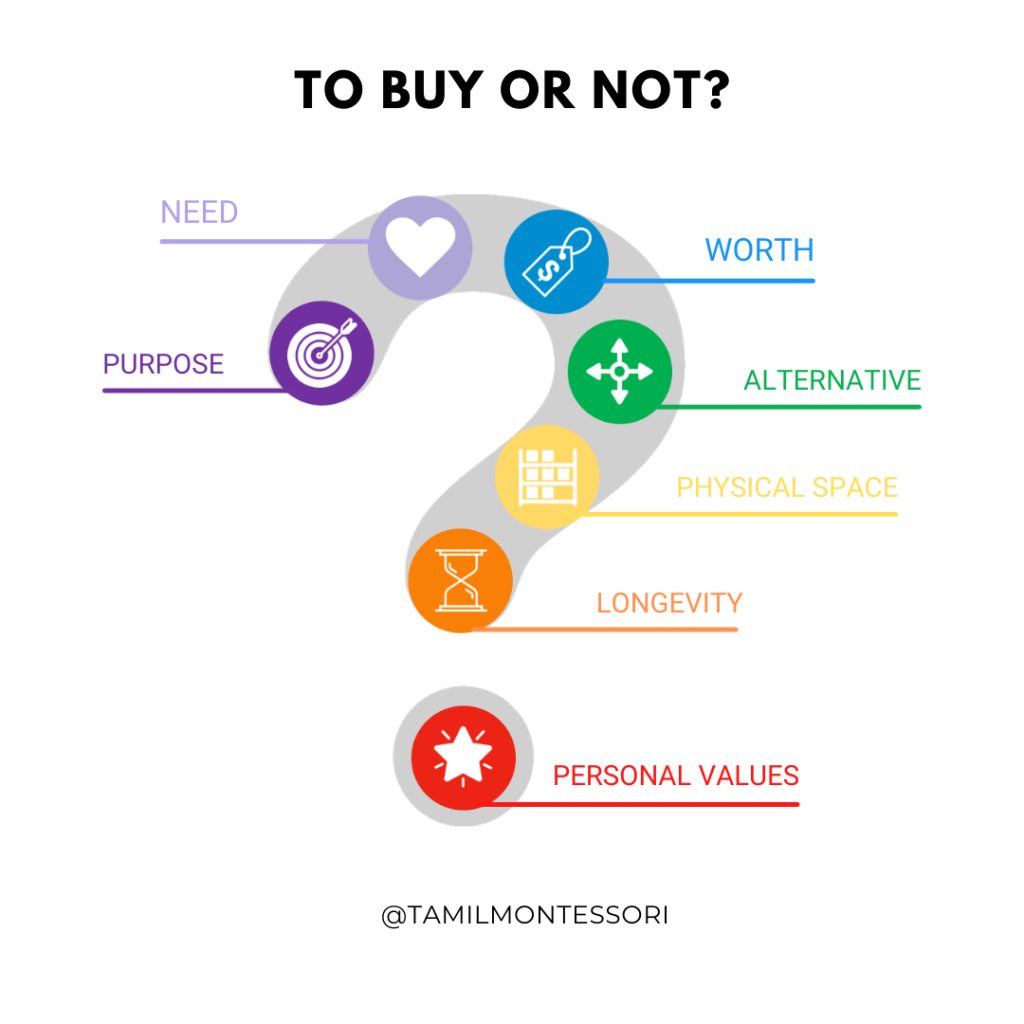
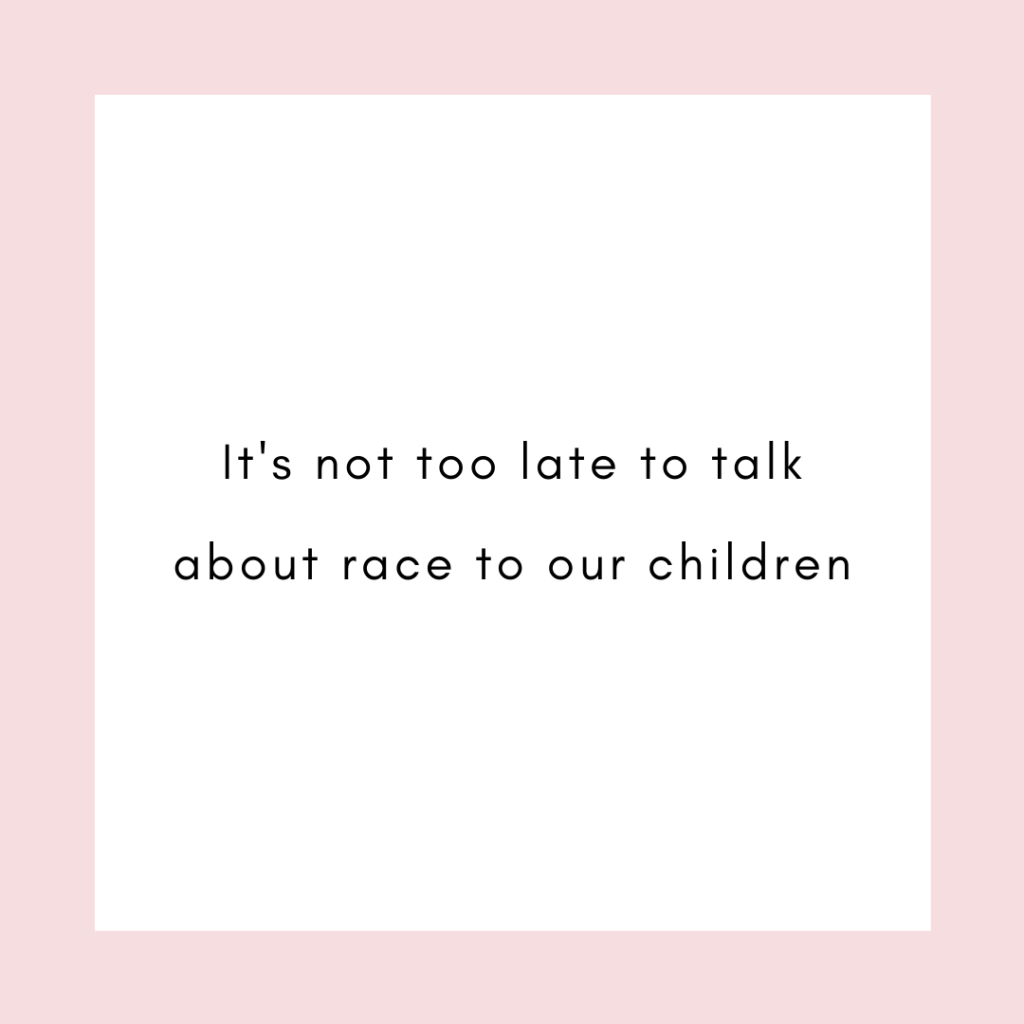

Leave a comment